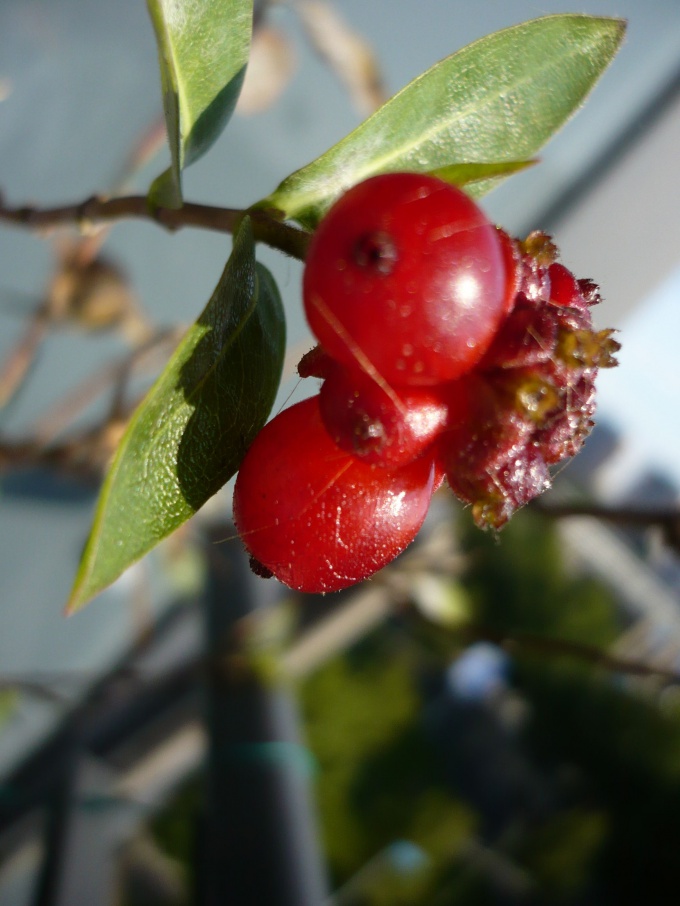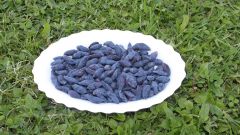Instruction
1
Select for planting bushes suitable site. It needs to be such that you could easily provide sufficient soil moisture, but at the same time, the territory should not be with a high groundwater level, and even more swamped. The area should be Sunny, honeysuckle light and in the shade of the blooms is very bad and, consequently, crop yields are small.
2
Prepare the pit. It all depends on which site is your site. If the soil is light and the water in it is not stagnant, you have nothing else to do. In sandy soil it is recommended to add a little loam and peat, and if the soil is very acidic then add lime solution at the rate of 150 g per 10 liters of water. If clay soil must provide good drainage. If you transplanted 2-3-year-old Bush, not a sapling, calculate that the planting hole will be a depth of about 30 cm and a diameter of not less than a foot. Accordingly, if you are going to do the drainage, the original hole needs to be deeper. Pour into it the gravel or broken bricks. The gravel should be compacted. On top of the gravel layer, pour a layer of sand about 10 cm, and tamp. In the hole add fertilizer depending on soil quality. Compost is useful anyway, so add about 10 kilos in every pit, well mixed with earth.
3
Plant honeysuckle in mid-September. If you are planting a seedling, its root neck should be level with the ground. In principle, the seedlings can be planted in the spring, nothing bad will. They will take root easily. But adults bushes in the spring survive much worse, so put them just before winter. For large shrub planting pit should be naturally wider and deeper, about two feet in depth and not less than 70-80 cm in diameter.
4
Regardless of, you plant the seedling or transplanted a Bush, the ground after planting should be compacted and well watered. The first time honeysuckle should be watered quite often, but so that the roots do not rot.
Note
The compost should be well rotted.
When you transplant the old bushes need to be trimmed so that the length of branches did not exceed half a meter. Old bushes to transplant is generally not recommended, but if the need arose, be ready, to settle down they will be long.
A drainage layer should be 10-15 cm
When you transplant the old bushes need to be trimmed so that the length of branches did not exceed half a meter. Old bushes to transplant is generally not recommended, but if the need arose, be ready, to settle down they will be long.
A drainage layer should be 10-15 cm


